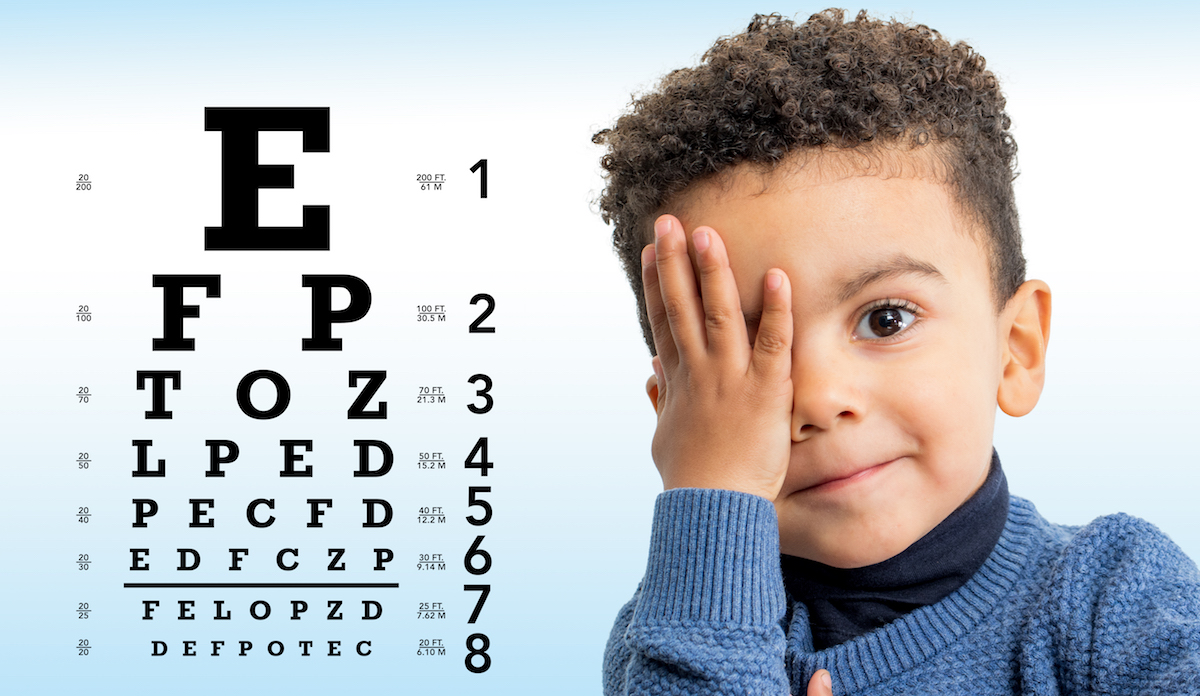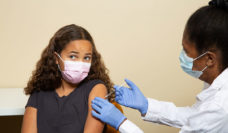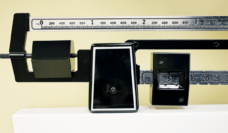Years before I got glasses, my vision was in decline. Once-readable café menus and road signs became blurry. Headaches were frequent. At a basic vision screening I was told I had perfect vision yet was prescribed reading glasses, even though I had no trouble reading. Because I trusted that vision screening, I waited three years before scheduling a comprehensive eye exam with an optometrist. The doctor determined I was shortsighted and prescribed full-time glasses. I visited a glasses store the day before Covid-19 pandemic shutdowns began. I wanted in-person support when selecting my first glasses
Thirty-nine states require vision screenings for school-age children. These standards range from one screening at entry into the school system to screenings every two years. In most states, school nurses and health paraprofessionals screen students and if they fail, refer them for full eye examinations. But students’ families are often tasked with scheduling follow-up examinations and filling glasses prescriptions on their own time and dime. This process leaves gaps in access to full vision care for children, especially those from low-income communities.
When children face delays in vision and other preventative care, they can also face educational difficulties. Vision problems, in particular, present learning barriers. School-based vision programs in twenty states have filled in the gaps for children who need comprehensive vision care. In most of these programs students receive vision screenings, eye exams, and glasses. Studies of two such programs have shown increases in math scores and decreased absences caused by vision interventions.
Maryland law mandates that students are screened three times between Kindergarten and 8th grade. A group of researchers evaluated Vison for Baltimore, a citywide school-based vision program that provides vision care for all elementary and middle school students in Baltimore City Public schools. They measured clinical outcomes for over 6,000 students and the academic impact of the Baltimore program. Specific Vision for Baltimore activities included bringing eye doctors to the school to give exams and providing glasses onsite. Teachers were given lists of students with new glasses so they could use reward systems to encourage use.
Students who received glasses through this school-based program achieved better scores on a reading assessment over the year than students who had not yet completed the program.
Students who received glasses through this school-based program achieved better scores on a reading assessment over the year than students who had not yet completed the program. The most notable gains were among students who previously struggled on the test. The study also explored outreach methods that increased participation in these programs, such as school-wide events and virtual health education for parents and teachers. The research demonstrated the positive impact of the program on both vision and academic achievement.
The Vison for Baltimore model is coming to Boston. In Massachusetts, all schools must provide vision, hearing, body mass index, postural, and physical health screenings for all K-10 students. Through the “Vision for Boston” program, students in grades 4-12 will receive comprehensive eye exams, and those who need glasses will choose them on-site at no cost to the family.
Since the Covid-19 pandemic, more children are expected to need eye-care for nearsightedness due to increased time spent indoors and on screens. As a young adult, my main barrier to vision care was a vision screening without comprehensive follow-up. When families can’t spare the time or money for expensive appointments and prescriptions, their children’s health, education and futures are at risk. School-based vision programs provide a path for state government, schools, providers and businesses to work together to advance care where it is needed most.
Photo via Getty Images














